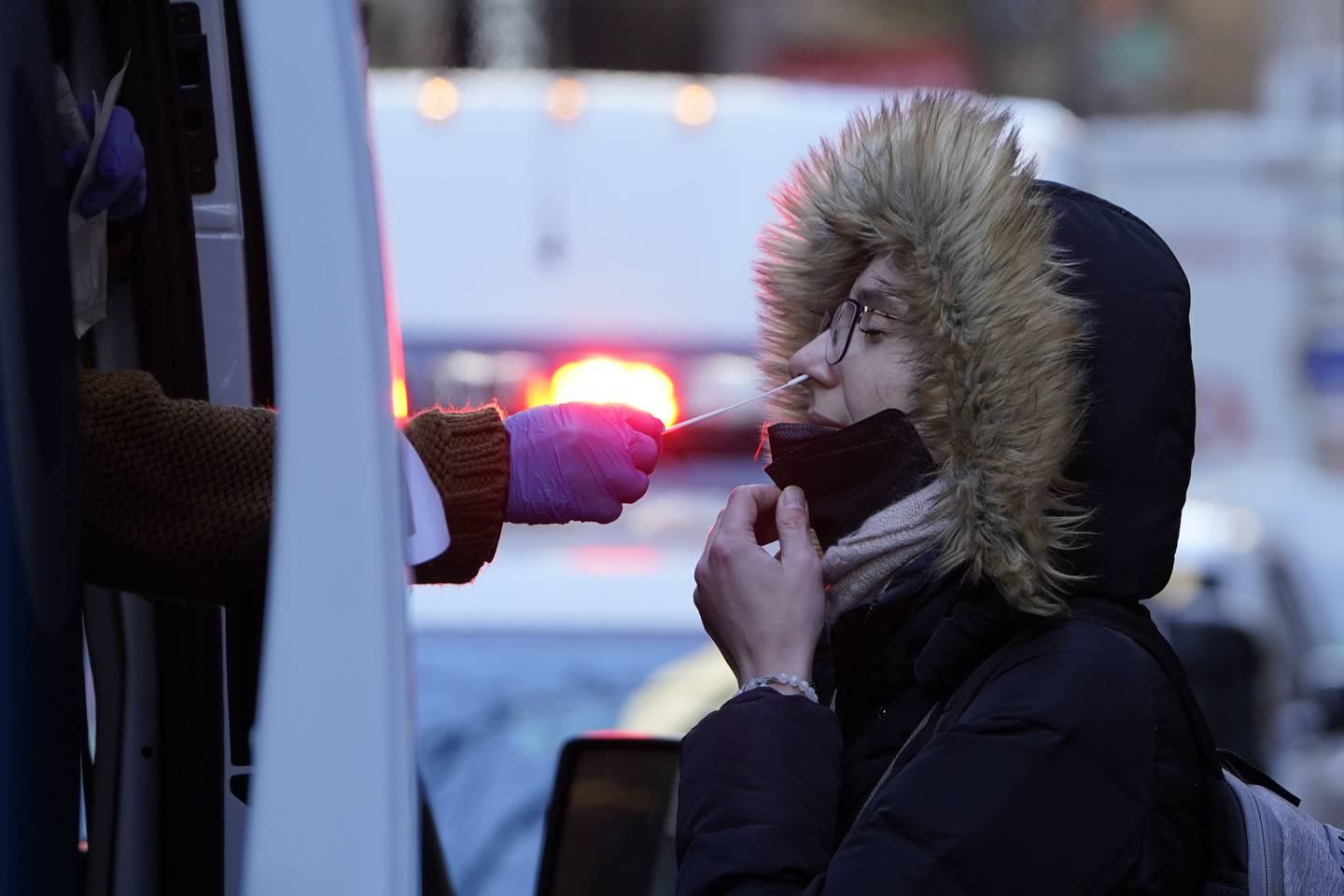The Chinese central government has respond on Sunday to a rise in coronavirus-related infections by closing down its southern commercial center of Shenzhen, a city of 17.5 million residents, and barred accessibility to Shanghai by stopping bus service.
Everybody in Shenzhen, the technology and finance center joining Hong Kong; will undergo three tests after the 60 new cases reported on Sunday. All businesses except those that provide food, fuel, and other essentials advise closing or operating from home.
The numbers of cases in China’s most recent outbreak are not as high compared with the other countries and Hong Kong, which reported more than 32,000 cases on Sunday. But the mainland authorities of China are now enforcing a “zero tolerance” approach and have shut down entire cities to find and quarantine every infected person.
The government on the mainland announced 1,938 new cases. It is more than triple Saturday’s total cases.
Shenzhen is the home of some of China’s top firms, including electric car maker BYD Auto, Tencent Holding-operator of the well-known WeChat messaging service, telecom equipment manufacturer Huawei Technologies Ltd., and Ping An Insurance Co.
The majority of the coronavirus cases were found in Jilin, where the industrial metropolis of Changchun was put under lockdown on Friday. After a spate of infections, the families in Changchun city were told to stay at their homes.
In Shanghai, the largest Chinese city with over 24 million residents, cases reported in the recent spike increased from 15 to 432.
The coronavirus was first discovered in 2019 in Wuhan. It has reported 4,636 deaths on the mainland, out of 115,466 reported cases since the coronavirus pandemic began.
The city authority urged Chinese residents not to leave their homes unless necessary. Intercity bus service would be discontinued from Sunday, according to the report.
“Those who return or come to Shanghai must submit a negative nucleic acid test result within 48 hours before coming,” declared the city health agency.
On the other hand, in Hong Kong, a health official advised the public not to think that the coronavirus epidemic was under control. The government announced 190 new deaths, mostly older people, and 32,430 new cases reported.
“People should not be under the wrong impression that the coronavirus outbreak is in control,” stated Dr. Albert Au, an expert in the government’s Center for Health Protection. “Once we lose our vigilance, there is a chance that (infections) will rebound and increase again.”
Hong Kong, a crowded economic hub with 7.4 million people, is trying to stop the spread of the coronavirus that has killed 3,993 people, the majority of them during the recent epidemic caused by the Omicron variant and flooded hospitals.
Construction crews from the mainland have constructed temporary isolation centers in Hong Kong for thousands of coronavirus patients.
On the mainland, 831 new coronavirus cases were reported in Changchun, 571 in the nearby city of Jilin, and 150 in the eastern port city of Qingdao.
As per Zhang Yan, deputy director of the provincial Health Commission, leaders in Jilin is boosting up anti-disease measures after finding that their previous response was insufficient.
On the mainland, 831 new cases were registered on Sunday in Changchun, 571 cases were reported in the provincial capital city Jilin and 150 from the port’s eastern city Qingdao.
“The emergency response system in certain areas is not adequate,” Zhang stated at a press conference, as per an audio recording released by the government.
On Sunday, a few residents of Cangzhou, south of Beijing, were advised to stay at home after nine coronavirus cases were reported, according to a government notice. It is not clear how many of its 7.3 million residents were affected.
ABOUT AUTHOR
Over 4 years’ experience in the research industry. Experience with research and consulting projects, catering to domains such as ICT, Health & Pharma, and packaging. Managed projects on both B2B as well as B2C perspectives, which includes consumer preference analysis, interviews with key executives, etc








